Tour Highlights Delhi
The capital of India, where successive dynasties built their capitals, is dotted with World Heritage sites such as the Red Fort of the Mughal Empire and Qutub Minar. The chaos of Old Delhi and the orderliness of New Delhi coexist in this city where India's history and modernity intersect.
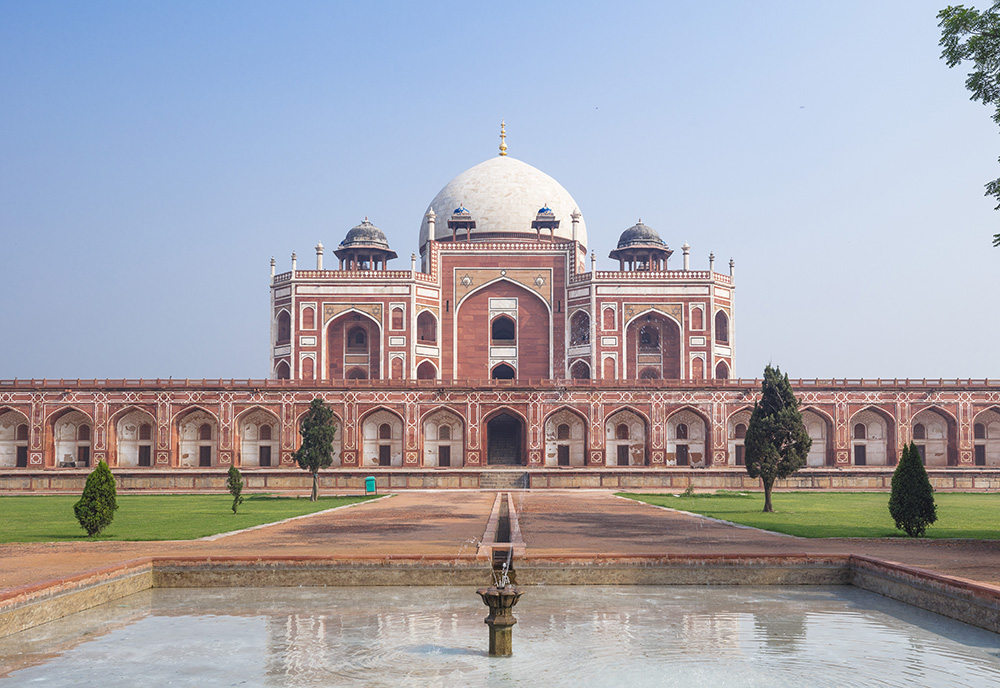
World Heritage Humayun Mausoleum
The tomb of the second emperor of the Mughal Empire, it is impressive for its symmetrical gardens and Persian-style dome. It was registered as a UNESCO World Heritage site in 1993, and is especially recommended for architecture lovers.
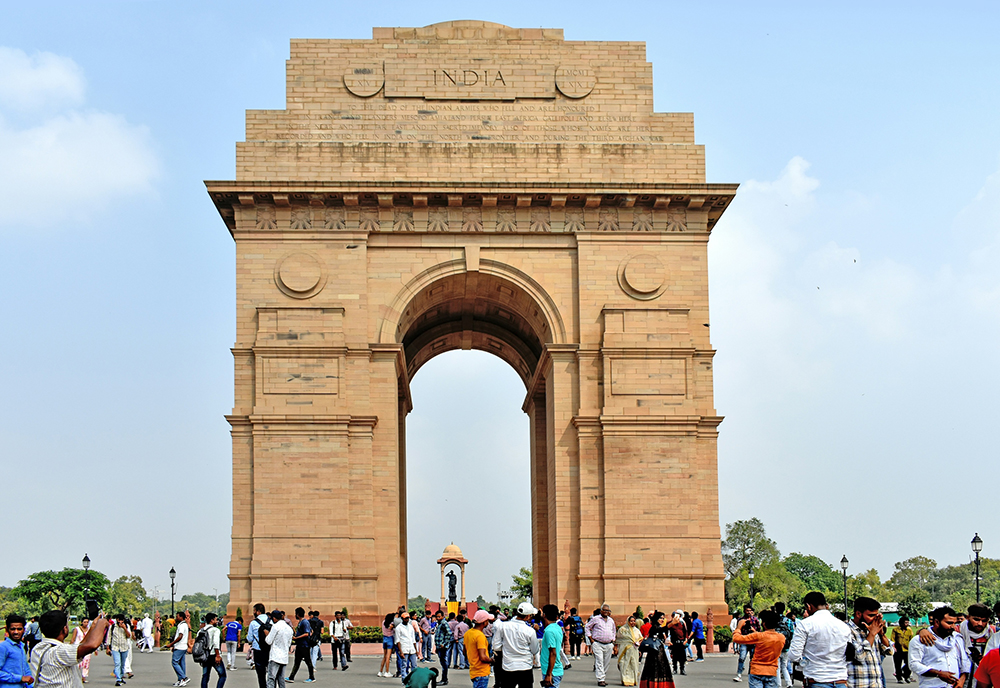
Gates of India
India Gate, rising majestically in the heart of New Delhi, is a memorial to the Indian soldiers who lost their lives in World War I. The names of the soldiers are engraved on the 42-meter-high arch, which is illuminated at night to create a fantastic atmosphere. Local people enjoy picnicking on the nearby lawn, making it a symbolic place where “everyday life and memories” of India intersect.
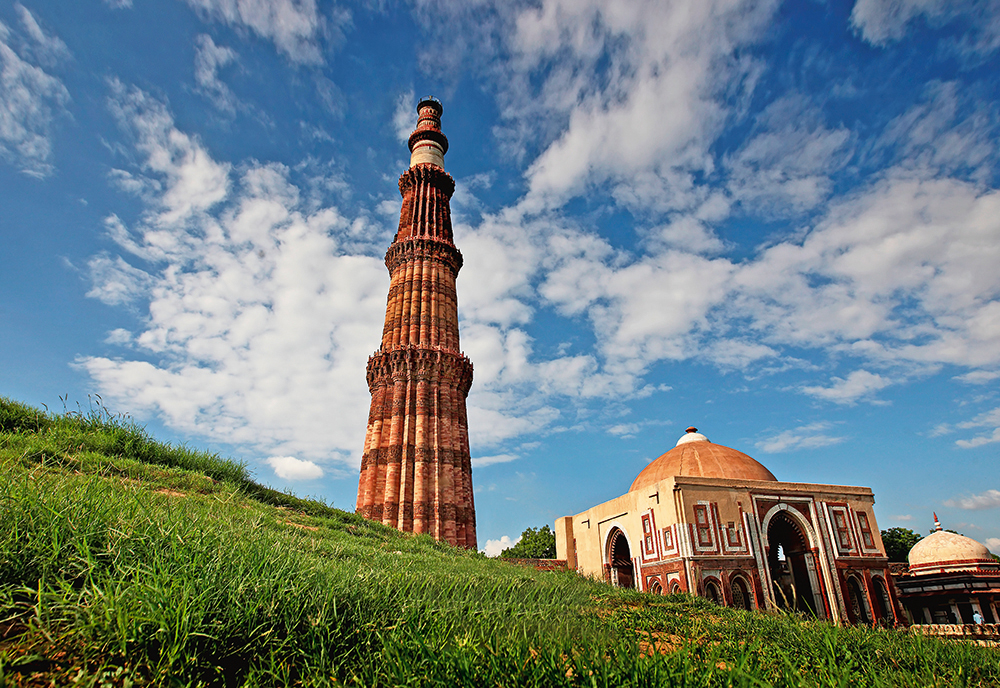
World Heritage Site Qutub Minar
The construction of this 72.5-meter-high minaret began at the end of the 12th century. It was registered as a UNESCO World Heritage Site in 1993. It is a precious spot where visitors can enjoy history and architecture at the same time.
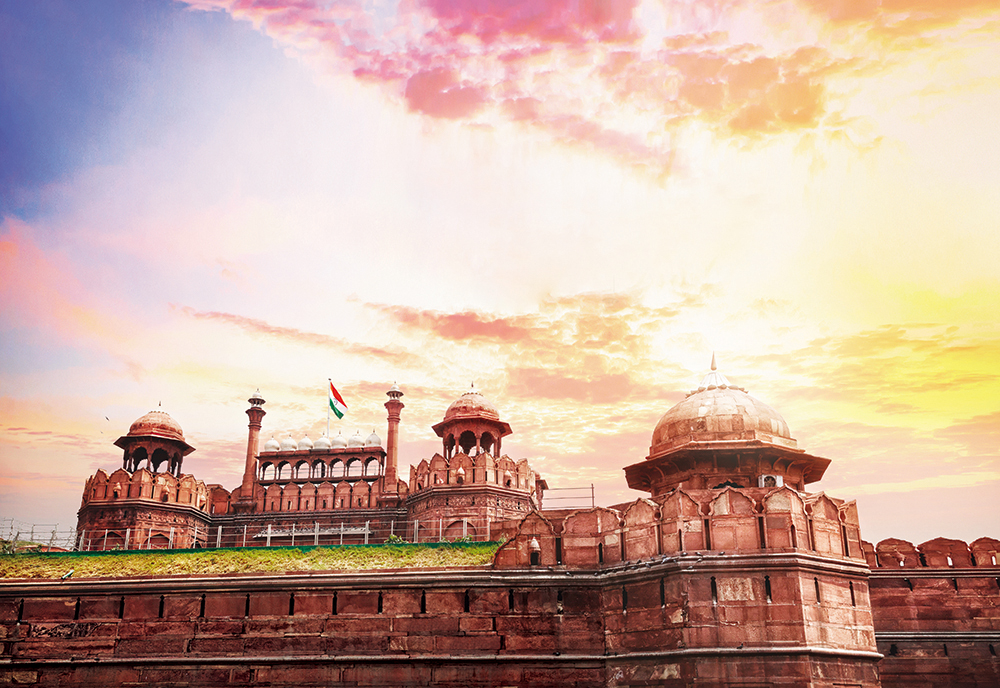
World Heritage Site Red Fort (Lal Kilaa)
A royal fortress built by Shah Jahan in the 17th century, it is also the site of the Prime Minister's speech on India's Independence Day. Visitors can see the magnificent red sandstone walls and former royal residences, which were declared a UNESCO World Heritage Site in 2007 and have special historical and political significance.
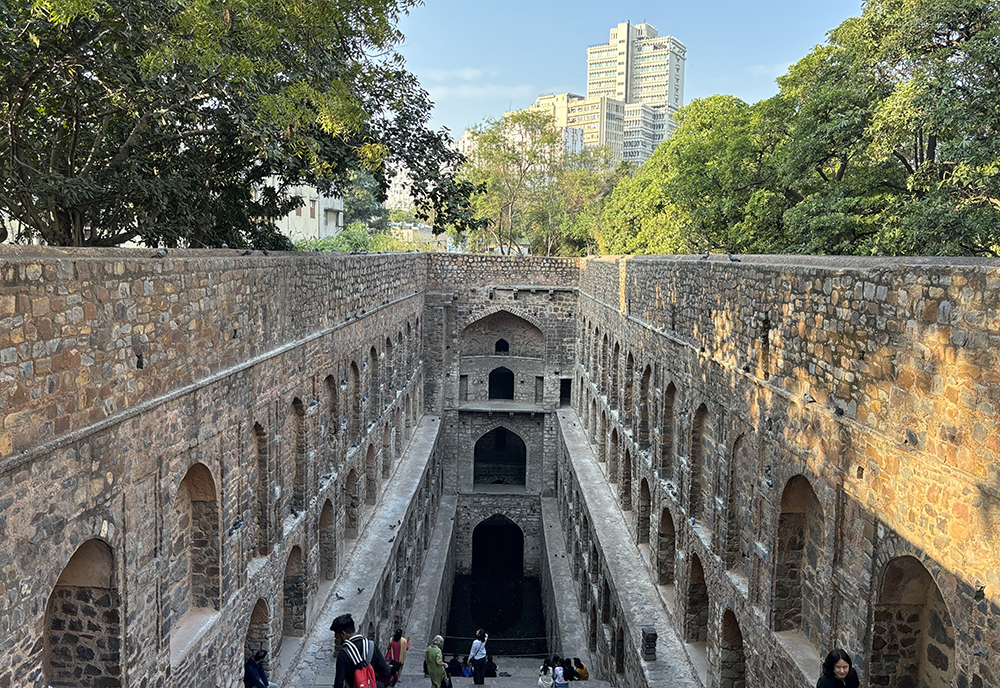
Agrarsen ki baoli.
It is believed to have been built around the 14th century, with three levels and 108 stone steps leading deep underground, and was a place where people gathered to cool off and socialize in the summer.
Tour Highlights Agra
The city flourished as the capital of the Mughal Empire and has a concentration of World Heritage sites, including the Taj Mahal, Agra Castle, and Fatehpur Sikri. The Taj Mahal, a chalk-white mausoleum of the finest Islamic architecture, attracts travelers from all over the world.
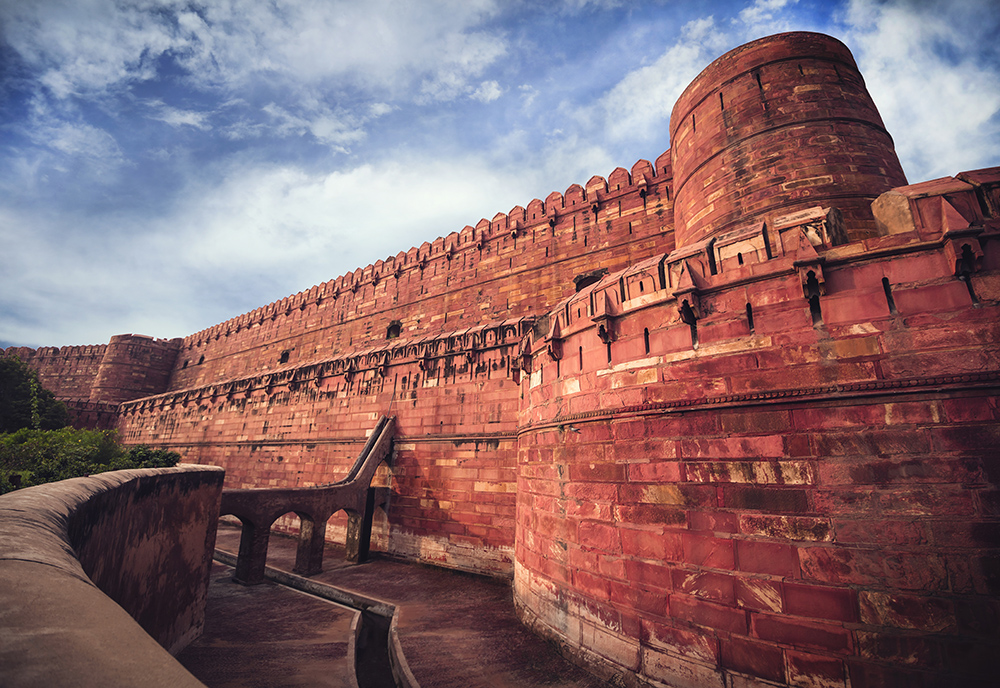
World Heritage Agra Castle
Built of red sandstone, this fortress symbolizes the power of the Mughal Empire, and the marble palace and audience hall remain within the castle. This historical structure, where Shah Jahan was imprisoned during his final years, was registered as a UNESCO World Heritage Site in 1983. It is best to visit in conjunction with the Taj Mahal for a better understanding.
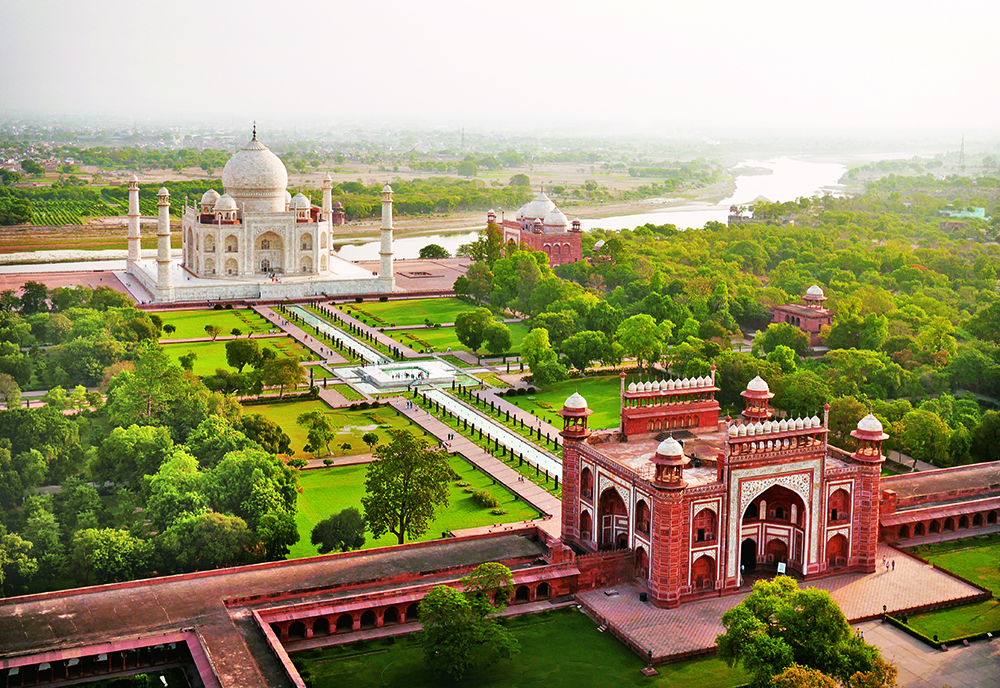
World Heritage Site Taj Mahal
The mausoleum built by the Mughal emperor for his queen is one of the largest marble buildings in the world. 22 years in the making and more than 20,000 craftsmen worked to complete it, and everything from the skillful inlay of gems into the marble to the perfect symmetry of the design and the beauty of the delicate arches is of a different dimension of perfection. Since its inscription on the UNESCO World Heritage List in 1983, it has captured the hearts of people around the world as "the building that gives form to eternal love. It is a place you must visit at least once in your lifetime.
Tour HighlightsJaipur
Known as the "Pink City," Jaipur is the capital of Rajasthan and its entire old city was declared a World Heritage Site in 2019. The city is dotted with historical architecture, including the Palace of Winds, Amber Castle, and Jantar Mantar, and the City Palace is still home to the Maharaja (king). In addition, traditional crafts such as block printing and blue-pottery are alive and well, and the quality of craftsmanship is recognized worldwide.
The city is particularly famous for its gemstone processing, and many buyers visit the city as one of the world's leading jewelry export centers.
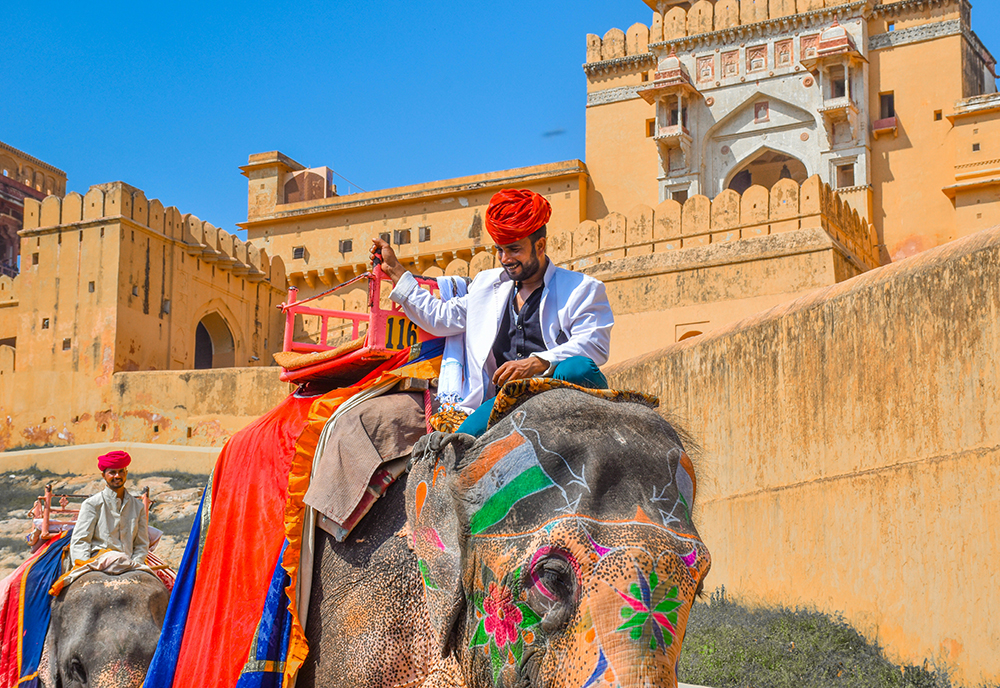
World Heritage Anvert Castle
Perched atop a hill, Anberu Castle is a stunning fortress that blends Rajput and Mughal architecture. The interior's hall of mirrors and decorations are also a sight to behold, and the elephant ride is a popular experience. The castle was registered as a UNESCO World Heritage Site in 2013 as part of the "Hill Forts of Rajasthan.
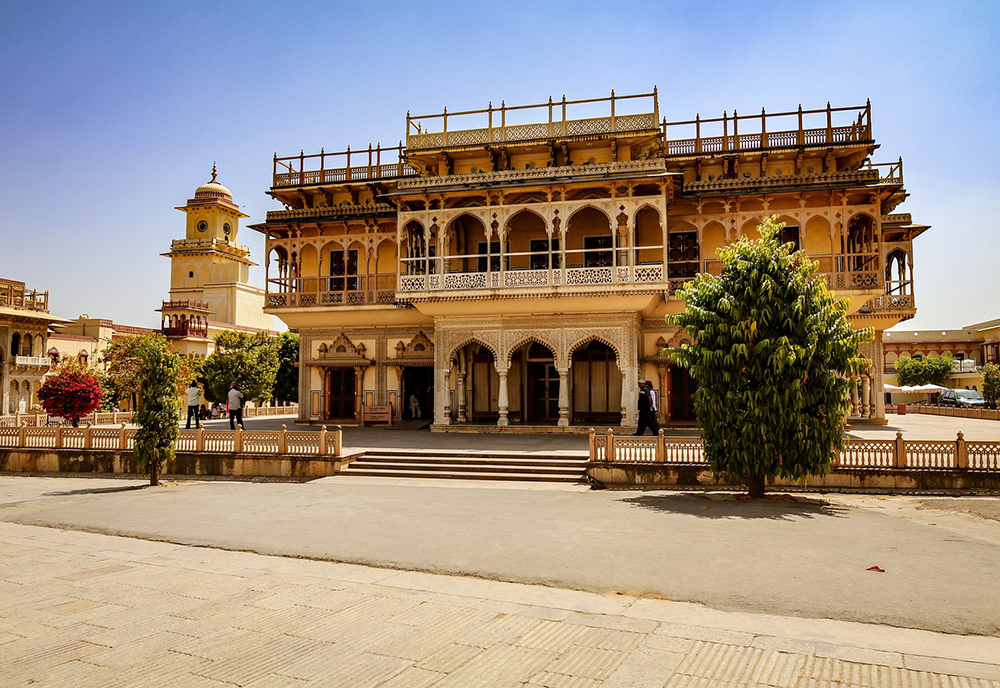
City Palace
The palace is still home to the Maharaja's family and has many attractions, including a museum, a vast courtyard, and a Guinness World Record silver pot. When the entire city of Jaipur was inscribed as a UNESCO World Heritage Site in 2019, this palace was considered one of the components. It is a rare space where visitors can experience the lifestyle of the royalty and aristocracy.
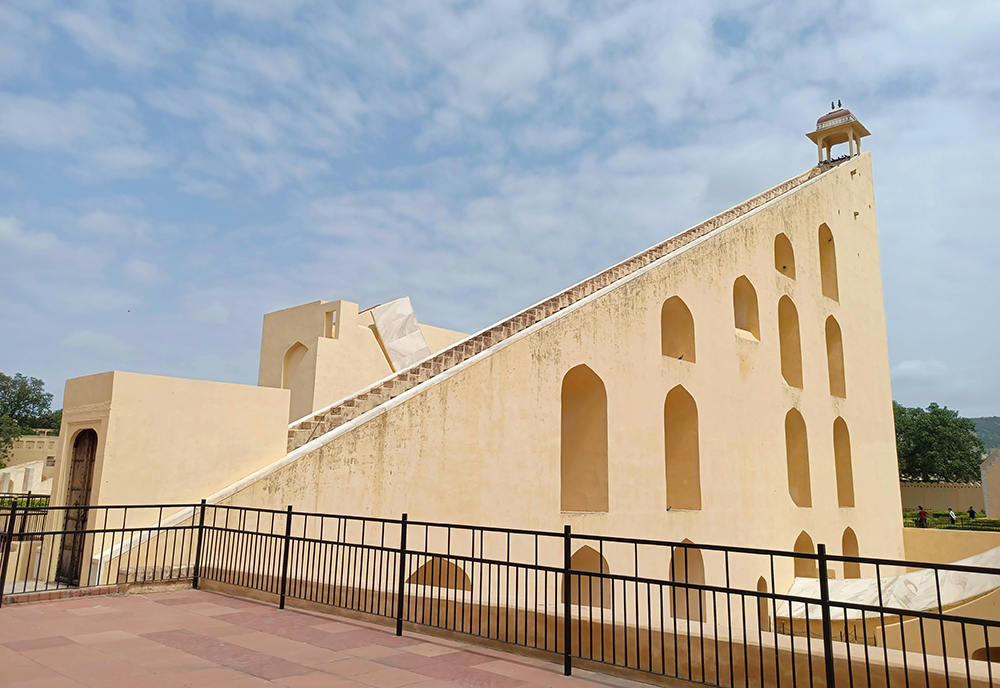
World Heritage Site Jantar Mantar
The observatory was built in the 18th century by the Maharaja, who was passionate about astronomy, and a giant sundial with a high degree of accuracy still exists. It was registered as a UNESCO World Heritage site in 2010 as a unique fusion of architecture and science. It is a place that tickles the hearts of science and history buffs because of its visual impact.
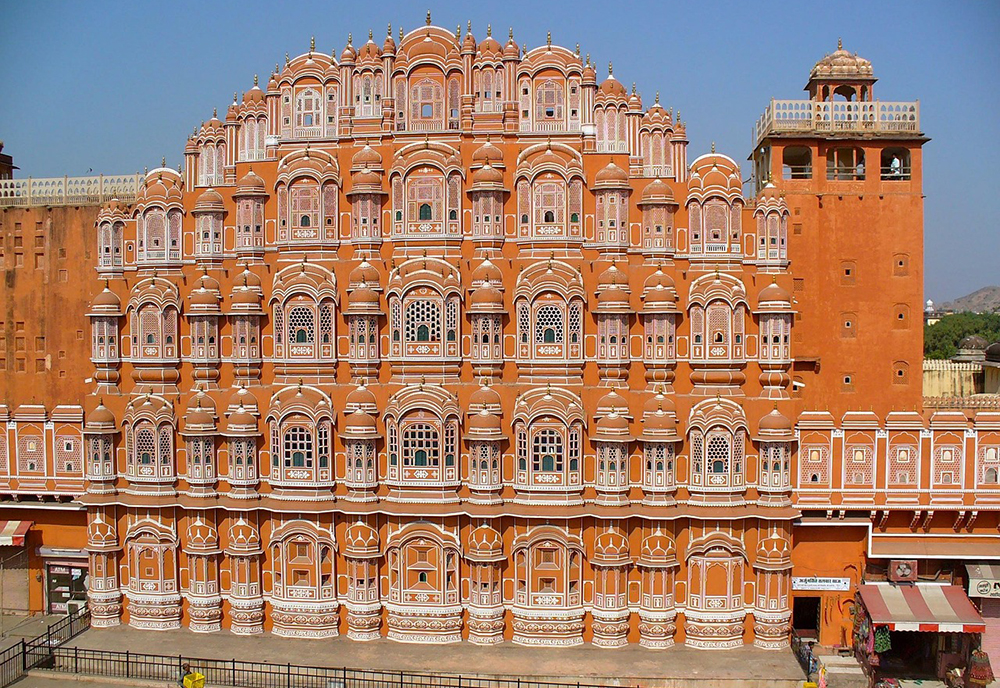
Hower Mahal (Palace of the Winds)
The iconic palace of the Pink City Jaipur was built in 1799 so that royal ladies could sneak a peek outside, and its beautiful exterior with 953 small windows is a famous photo spot. Jaipur is a must-see as the "entire city" is a World Heritage Site in 2019, and the architecture is representative of the city.
Tour Highlights Varanasi
Varanasi, the largest sacred city of Hinduism, is considered one of the oldest cities in India and is also believed to be the place created by Shiva, the god of creation and destruction.
In this city where life and death intersect, pilgrims bathe in the Ganges River to purify their karma, and people come to be cremated in the hope of liberation after death.
The entire city is enveloped in religious rituals and prayers, and the fundamental Hindu ideas of karma, reincarnation, and liberation live on in everyday life.
It is a special place for foreigners as well, giving them the opportunity to question what faith means to them.
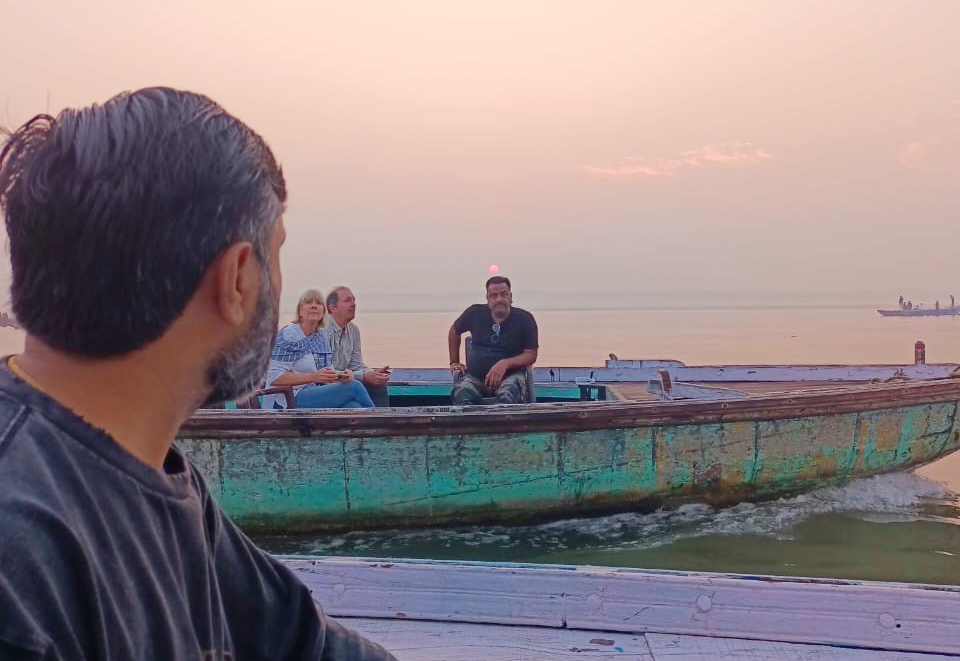
Early morning cruise on the Ganges River
The Ganges River is at its quietest and holiest in the early morning. As you ride the river in a boat, you will see people praying and pilgrims bathing, and you will feel that the river itself is a place of great prayer. It is an experience that shows firsthand the meaning of a holy river that washes away karma.
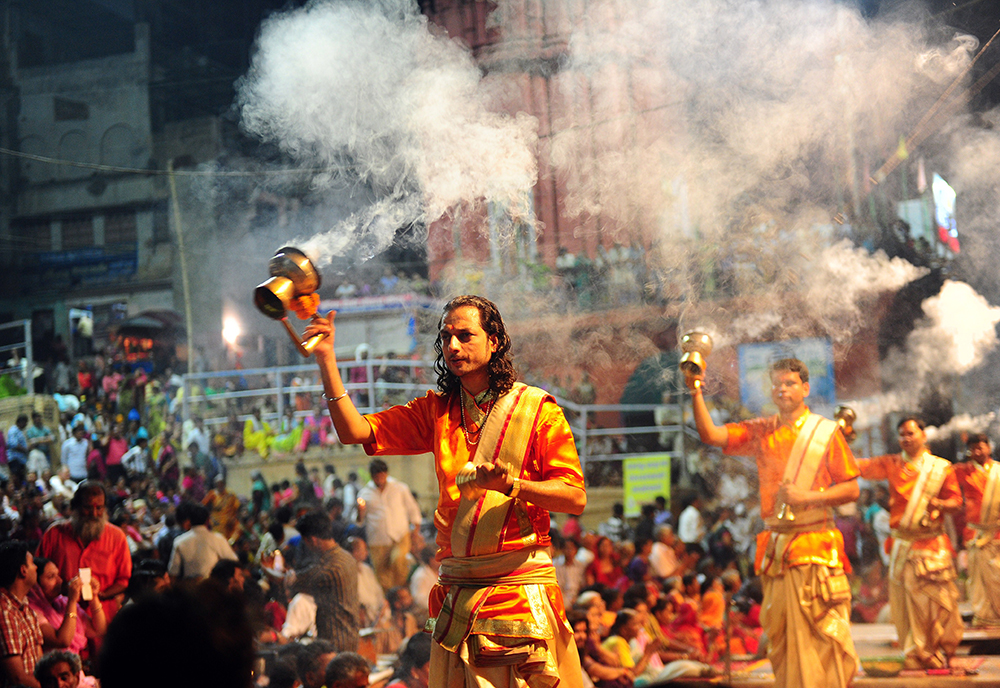
ganger RTI
Ganga Aarti, Varanasi's biggest attraction, is a nightly ceremony held on the banks of the Ganges River. Monks raise fire lamps and offer prayers and thanksgiving to the Ganges River while bells and mantras ring out.
Flames and incense smoke dance in the night sky, and one is struck by the sight of faith made visible.
This moment of purifying karma and surrendering to the divine flow is a deeply memorable experience for everyone.
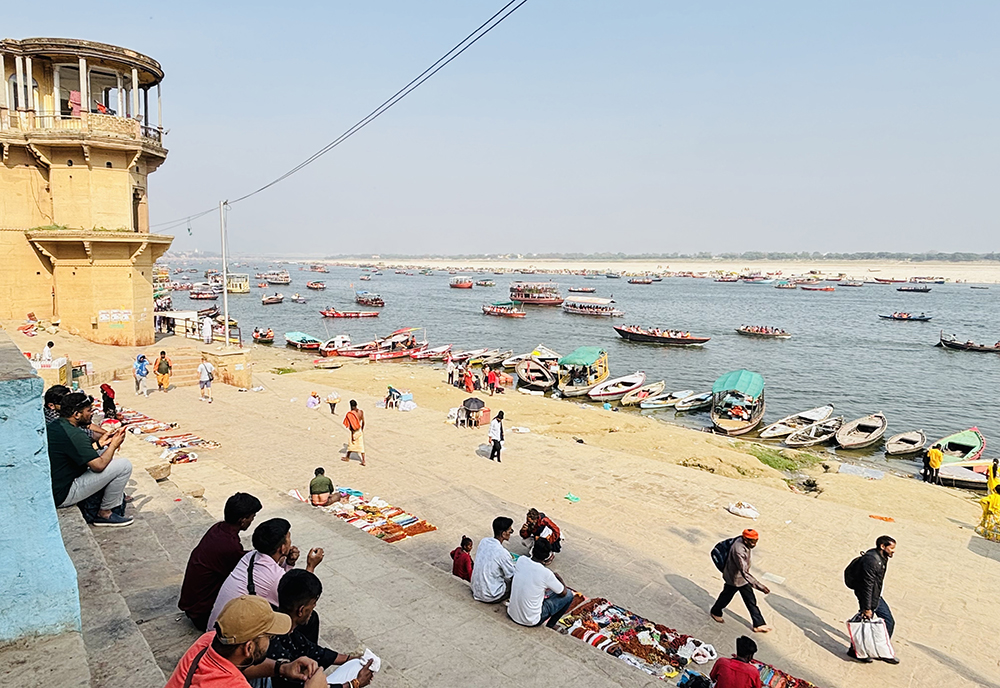
Strolling in the Ghats
The ghats along the Ganges River are where you can experience the “living faith” of Varanasi. Morning and evening ablutions, prayers, festivals, and even washing clothes are integrated with religious practices. At the Manikarnika Ghat, cremations are performed daily, reminding us that death is also a part of the sacred process. It is a deeply impressive walk, where you will encounter a different world of the gods with every step you take.
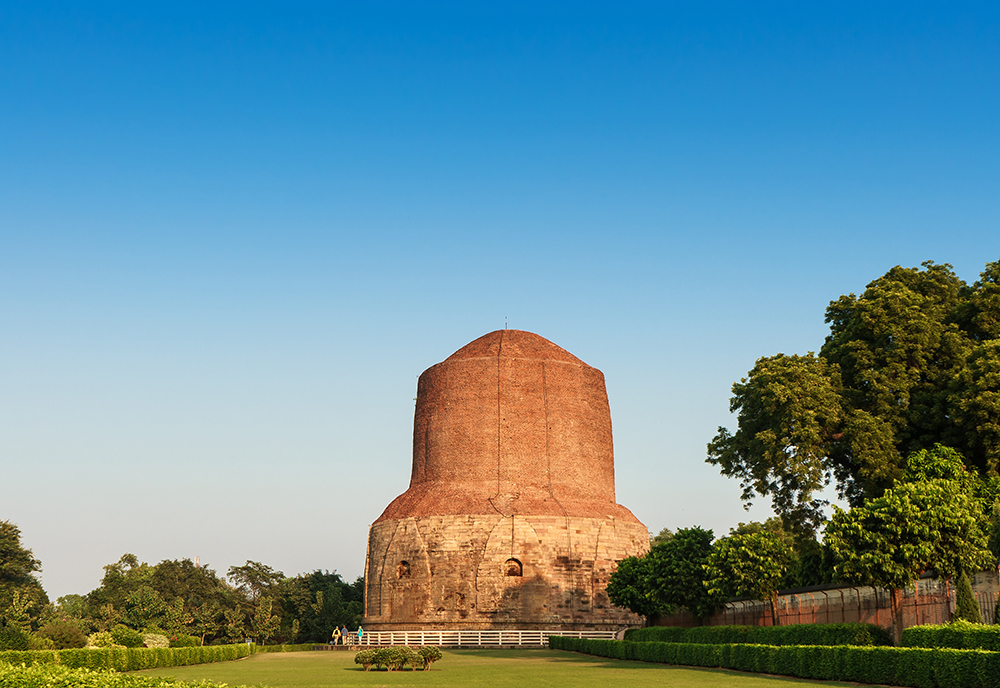
sarnat
Sarnath, on the outskirts of Varanasi, is known as the site where the Buddha gave his first teachings after attaining enlightenment. The Dhamek Stupa and the museum offer a chance to see the remains of early Buddhism and to better understand the origins of Buddhism in India and the ideas of reincarnation and liberation.










